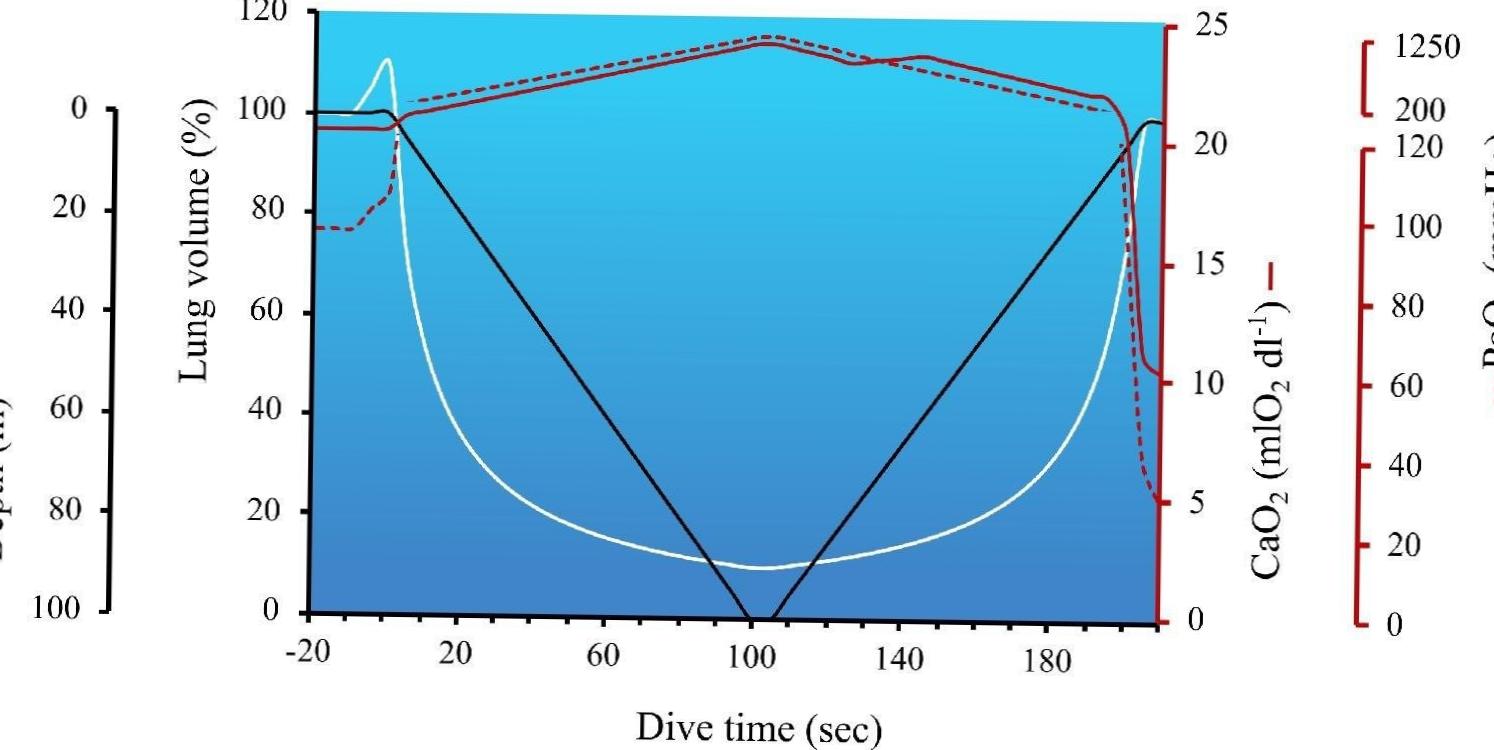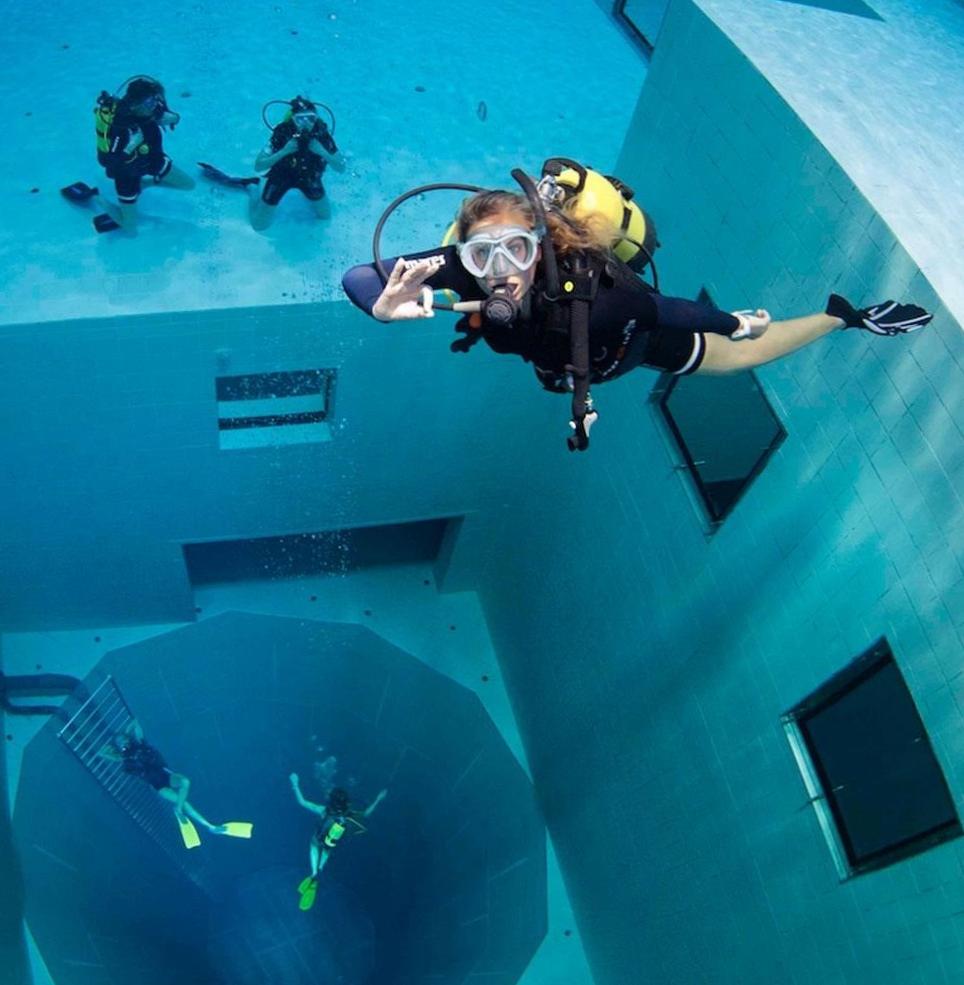The Safest Depth to Dive: A Guide to Diving Safety
The Safest Depth to Dive: A Guide to Diving Safety
Are you an avid diver or someone who dreams of exploring the wonders beneath the ocean’s surface? If so, it is crucial to prioritize your safety while underwater. Understanding the safest depth to dive is essential knowledge for divers of all skill levels. In this comprehensive guide, we will discuss various factors that impact diving safety and provide expert advice on how to ensure an enjoyable and risk-free dive. From the effects of pressure on the body to equipment tips and diving techniques, we’ve got you covered. So grab your snorkel and get ready to dive into the fascinating world of underwater safety!
The Safest Depth to Dive: A Guide to Diving Safety
When it comes to scuba diving, safety should always be the top priority. One important factor to consider is the depth at which you are diving. Diving too deep can pose serious risks and potentially lead to life-threatening situations. So, what is the safest depth to dive? Well, it actually depends on various factors that need to be taken into account.
The Safest Depth to Dive: A Guide to Diving Safety
Exploring the depths of the ocean is an exhilarating experience, but it’s important to prioritize safety while diving. Whether you’re a beginner or an experienced diver, understanding the recommended depth limits is crucial. The limits are designed to help prevent decompression sickness and other potential risks. Let’s dive into the depths and discover the safest depths for different diving levels.
For beginners or those with limited diving experience, it is recommended to stay within the depth limit of 40 feet (12 meters). This shallow depth allows for easy communication with dive buddies and instructors while still providing ample opportunities to encounter fascinating marine life. As you gain more experience and confidence, you can gradually increase your depths.
Intermediate divers who have completed several dives and gained some experience under their belt can safely venture between 60 to 80 feet (18 to 24 meters). At this depth, you’ll have the chance to explore more diverse underwater ecosystems and encounter larger species. Remember to keep an eye on your air supply and utilize proper diving techniques to ensure a safe and enjoyable experience.
For advanced divers who have extensive training and experience, depths of up to 130 feet (40 meters) can be safely explored. This level of diving requires thorough knowledge of dive planning and decompression procedures, as well as advanced diving equipment. Deep diving opens up a whole new world of underwater wonders, but it should never be taken lightly.
It’s important to note that these depth limits are general recommendations, and individual factors such as physical fitness, current health conditions, and the presence of dive buddies can influence the safety of diving at different depths. Always consult with a certified diving instructor and adhere to the guidelines set by reputable diving organizations.
Remember to prioritize safety above all else when diving. Familiarize yourself with the recommended depth limits for your diving level, maintain proper diving equipment, and never dive beyond your comfort zone. By following these guidelines, you can ensure a safe and unforgettable diving experience. Happy diving!
The Safest Depth to Dive: A Guide to Diving Safety
Do you love to explore the wondrous world beneath the waves? Whether you’re a seasoned scuba enthusiast or a newbie snorkeler, it’s crucial to prioritize your safety while diving. One key aspect of diving safety is understanding the safest depth to dive in different situations. So, let’s dive into some essential safety tips for diving at different depths to ensure a smooth and secure underwater adventure!
When diving to shallow depths, between 5 and 12 meters (16 to 40 feet), you may experience the allure of vibrant coral reefs and captivating marine life. At these depths, it’s important to maintain proper buoyancy control, as disturbing the delicate reefs can cause irreparable damage. Additionally, always be cautious of potential hazards, including sharp coral, unexpected currents, and the presence of marine creatures that may pose a threat. Familiarize yourself with local laws and guidelines to ensure you’re diving in a permitted area.
Venturing into the middle range of depths, around 12 to 30 meters (40 to 100 feet), presents its unique set of safety considerations. This depth range often provides fantastic visibility, allowing you to marvel at underwater wonders with greater clarity. However, be mindful of your air consumption, as at greater depths, your body absorbs nitrogen from compressed air faster. Remember to ascend at a safe rate to prevent decompression sickness, also known as «the bends.» Managing your dive time and implementing regular safety stops is crucial to reduce the risk.
For experienced divers looking to explore the depths beyond 30 meters (100 feet), an advanced certification is typically required due to the potential dangers associated with deep diving. At these depths, underwater conditions can be more challenging, with limited visibility and increased water pressure. Proper equipment, including dive computers and redundant air sources, becomes imperative. As you descend into the abyss, always stay vigilant, conserving energy and monitoring your gas supply.
Regardless of the depth you choose to dive, it is essential to never exceed your limits or dive beyond your training and certification level. Regularly practicing buoyancy control, maintaining proper equipment, and staying updated with safety protocols are crucial to ensuring a safe and enjoyable dive. Remember, the underwater world is a fragile ecosystem, and protecting it should always be a top priority. Happy diving!
safest depth to dive







